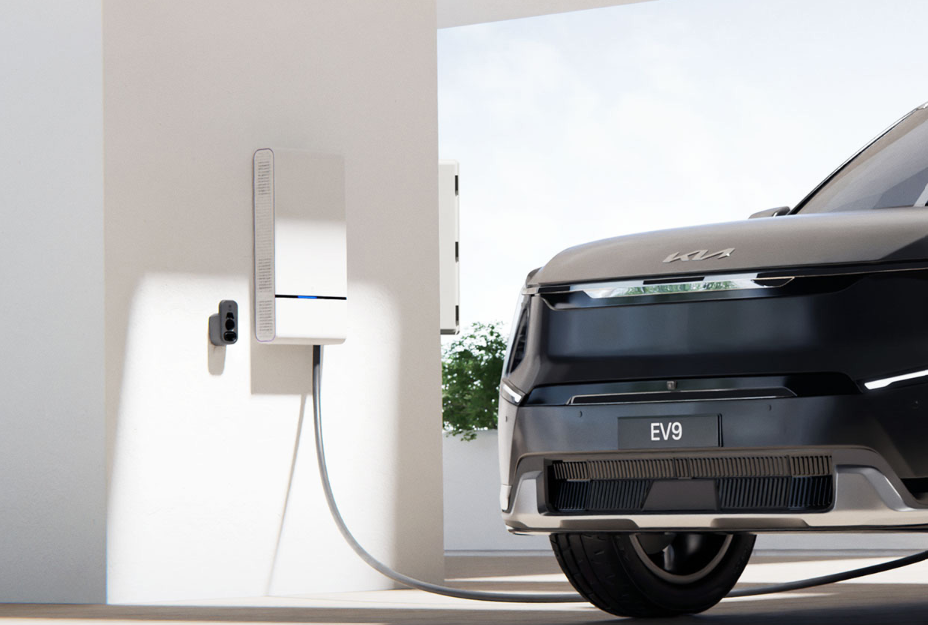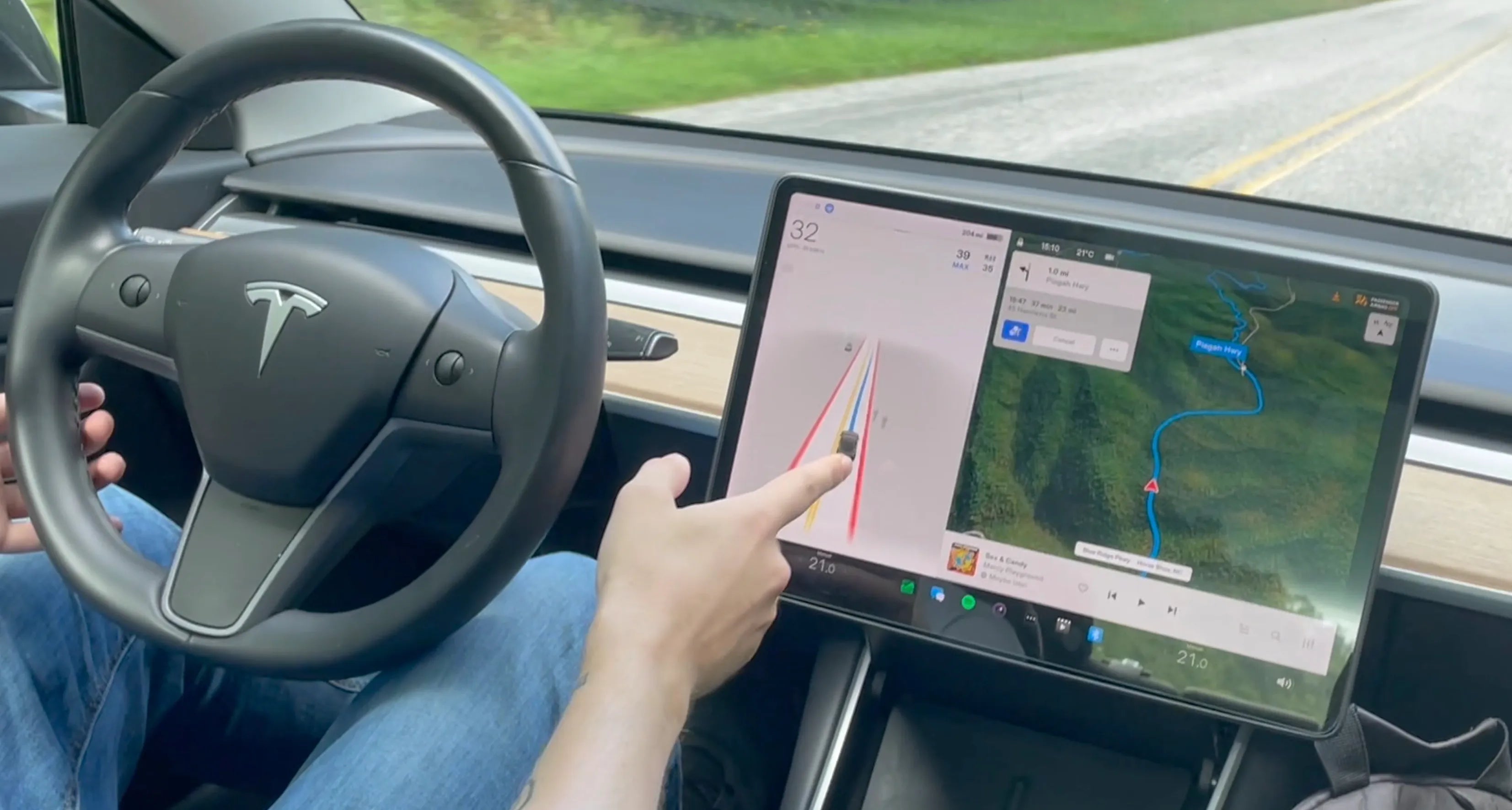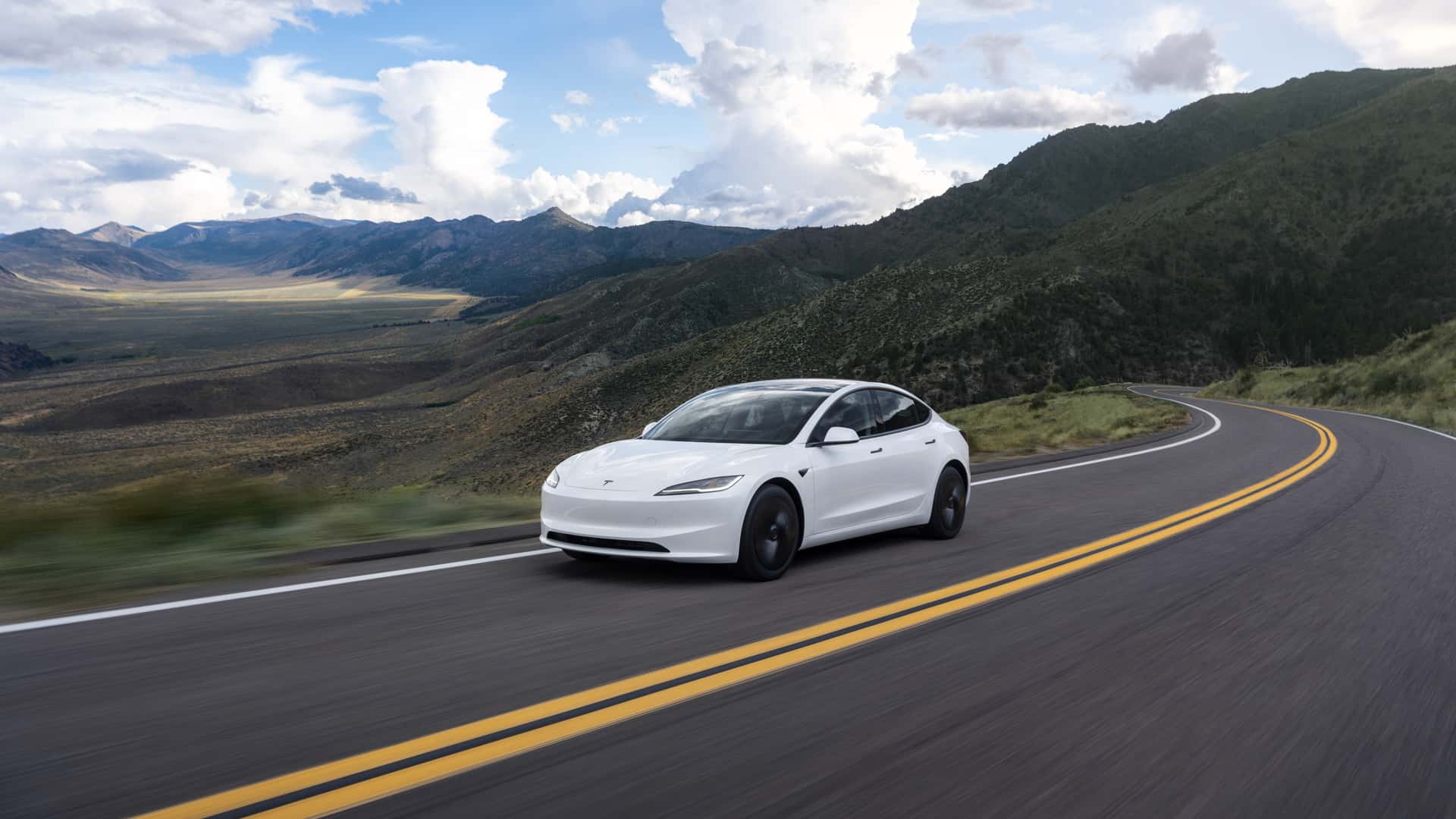In early 2025, Tesla confirmed what many HW3 owners had feared: Hardware 3 (HW3) will not support the company's long-promised Full Self-Driving (FSD) vision in its final form. Now, four months later, there is still no official upgrade plan or compensation strategy—leaving tens of thousands of Tesla customers in a growing state of uncertainty.
Tesla's Quiet Shift Away from HW3
In February 2025, during a quarterly earnings call and subsequent internal communications, Tesla acknowledged that HW3 vehicles—primarily built between 2019 and 2022—would not be capable of supporting future versions of FSD due to hardware limitations. The system’s aging computing platform, built around a custom Tesla chip with limited processing power and bandwidth, has struggled to keep up with the demands of FSD v12 and beyond.
Although Tesla attempted to optimize performance using neural network compression and software tuning, it became increasingly clear that the gap between HW3 and newer systems like HW4 or the upcoming HW5 was too wide to bridge.
The Promise: FSD, for Life
For many Tesla owners, especially early adopters, the situation feels like a betrayal. Thousands paid $6,000 to $15,000 for the FSD package, based on Tesla’s pledge that their vehicles would become self-driving through over-the-air updates. In fact, Tesla explicitly marketed FSD as a one-time purchase that would carry forward with the vehicle.
Elon Musk repeatedly emphasized that every Tesla made since 2016 had “the hardware necessary for full self-driving,” a claim that has not aged well. The revelation that HW3 is no longer compatible with Tesla's software roadmap effectively nullifies that promise.
No Upgrade Path, No Timeline
As of July 2025, Tesla has not released a clear or consistent upgrade plan for HW3 owners who purchased FSD. While Musk suggested earlier this year that Tesla would “replace all HW3 computers for FSD buyers,” no such program has been launched publicly.
Owners remain in the dark about:
-
Who qualifies for an upgrade
-
When upgrades might begin
-
Whether there will be additional hardware costs
-
How long support for HW3 will continue in its current state
The lack of transparency has frustrated the Tesla community and raised questions about the long-term value of FSD as a product.
HW3 Functionality is Already Limited
Even before the official announcement, HW3 vehicles were increasingly excluded from new features. In the Spring 2025 software update (version 2025.14.1), Tesla introduced improvements to blind-spot visualization, pillar camera recording, and real-time renderings—none of which are supported on HW3.
While some versions of FSD v12 have been backported to HW3 via model compression (e.g., v12.5.1.4), performance varies and some features are scaled back significantly. Reddit and Tesla forums show a mix of user reactions, with many reporting degraded performance in dense traffic or complex intersections.
Mounting Pressure and Legal Risk
Tesla’s silence is fueling speculation about potential legal exposure. Many owners have begun documenting their purchase contracts, marketing materials, and statements from Musk that clearly outlined lifetime FSD value. If Tesla fails to deliver hardware upgrades or compensation, class-action lawsuits may follow.
Consumer advocates argue that Tesla should either:
-
Provide free hardware upgrades to HW4 for all HW3 vehicles with FSD purchased, or
-
Offer partial refunds or FSD license transfers to a new Tesla vehicle
So far, Tesla has resisted both approaches.
Conclusion: A Crisis of Trust
Tesla's decision to abandon HW3 support without a defined upgrade path risks alienating one of its most loyal customer segments. The situation underscores a broader challenge for Tesla’s software-centric model: when hardware becomes obsolete faster than expected, long-term promises can unravel.
As Tesla pivots toward Robotaxi ambitions and next-gen hardware, it leaves behind a crucial question: what happens when a promised future never arrives?
Until Tesla communicates a firm plan for HW3 owners who bought into FSD, the answer remains as murky as ever.
Author: Lay Wen
Recommended Reading: Tesla HW3 Vehicles with Intel Atom Chips Miss Spring Update Features, Sawyer Merritt Reveals








Share:
Ford CEO Jim Farley Acknowledges China’s EV Superiority in Cost, Technology, and Quality
Tesla HW3 Vehicles with Intel Atom Chips Miss Spring Update Features, Sawyer Merritt Reveals